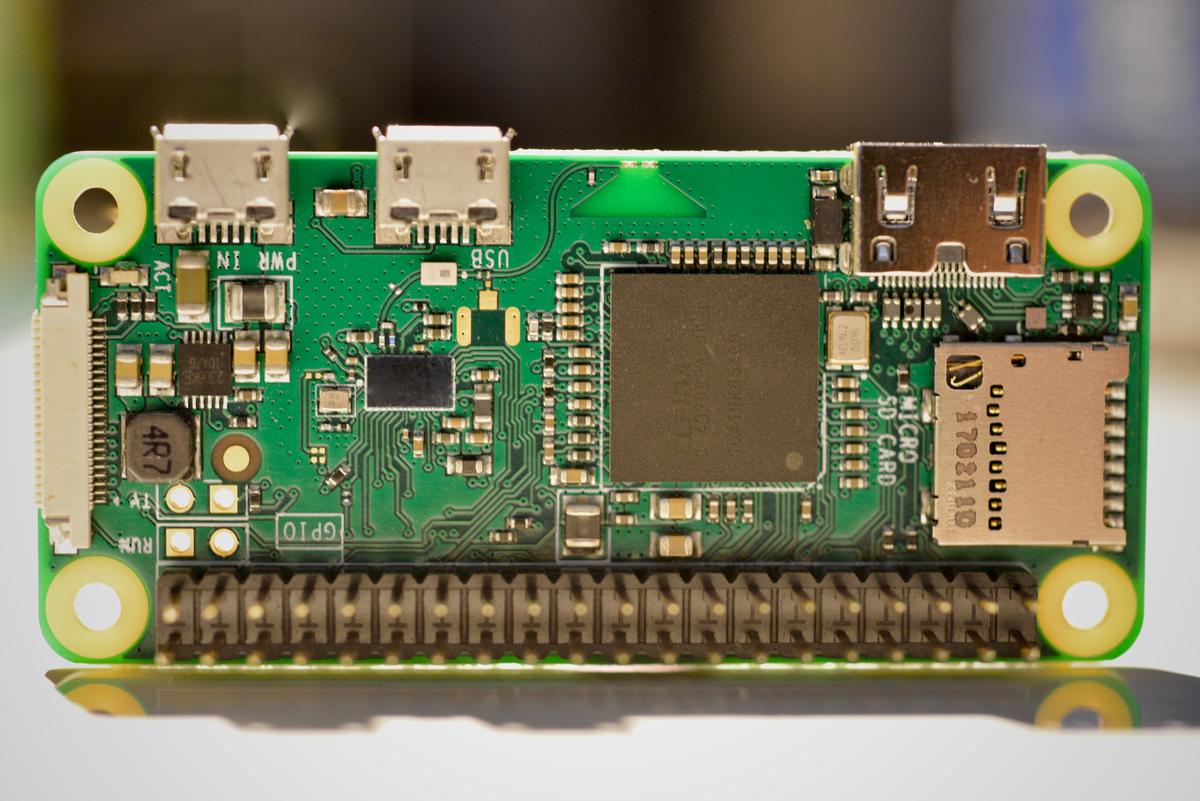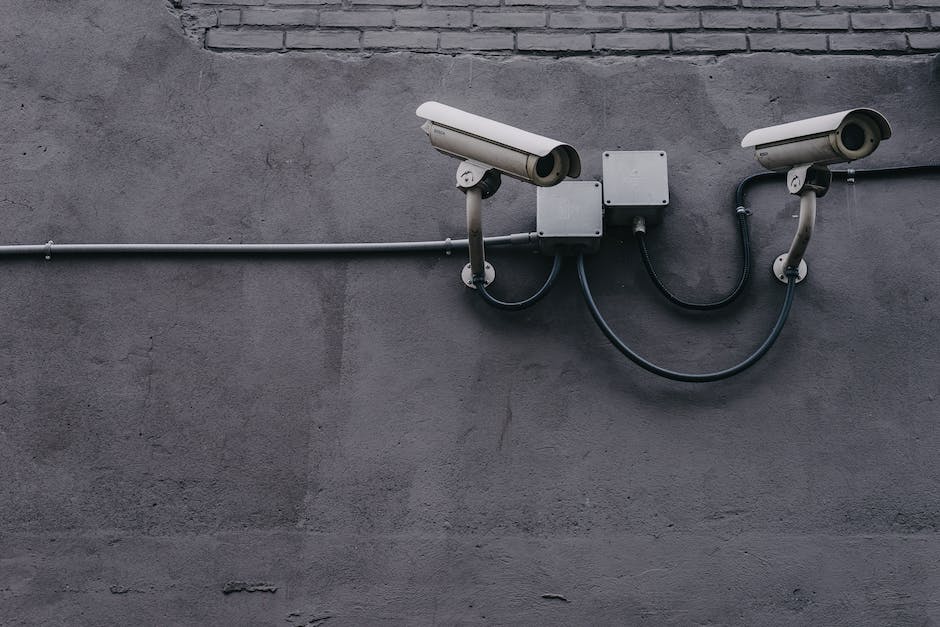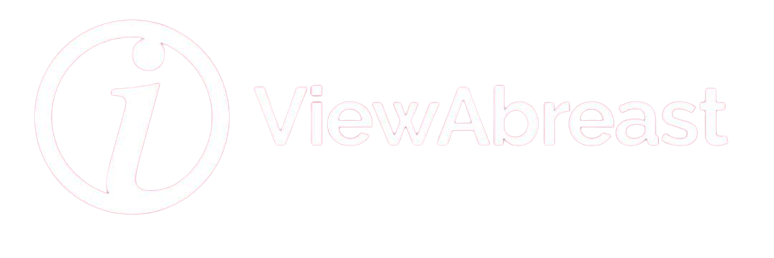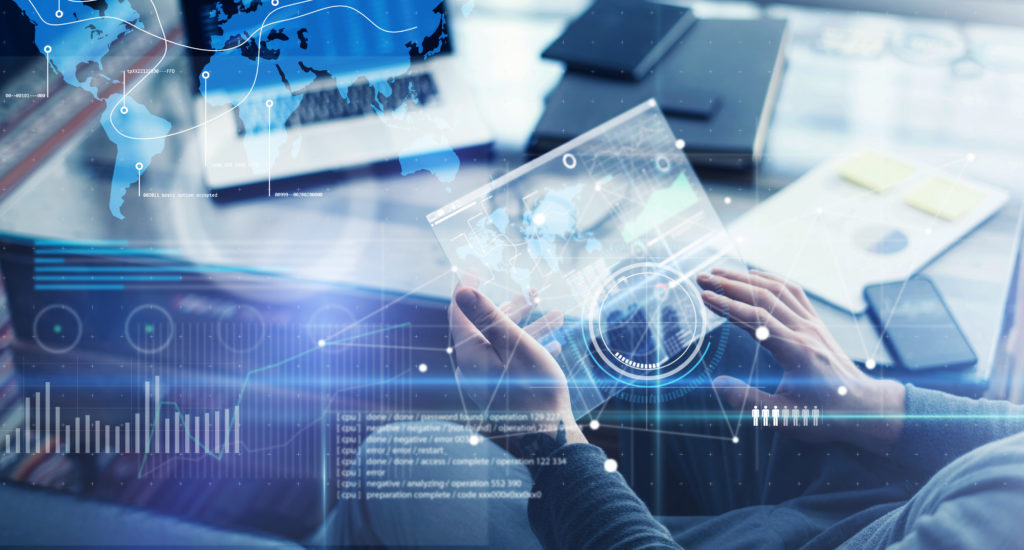Emerging as one of the most groundbreaking technologies of the 21st century, the Internet of Things (IoT) has become more than just a buzzword. This revolutionary technology is reshaping our world, making our lives more interconnected than ever before. But, what exactly is IoT? How does it work, and how is it influencing different sectors? In light of this, this discussion delves into the underlying principles of IoT, explores its real-world applications across various industries, and unravels the potential challenges and future trends of this extraordinary technology.
Understanding the Basics of IoT
Defining Internet of Things (IoT)
The Internet of Things (IoT) is an extensive network of physical devices and objects embedded with sensors, software, and other technologies that enable them to connect and exchange data with each other and the internet. These objects can range from ordinary household items like refrigerators and thermostats to industrial tools and machinery.
The primary goal of IoT is to create a smart, seamless world where devices and systems can communicate, interact, and work together to improve the quality of life and streamline business operations.
Understanding How IoT Works
The Internet of Things functions through a connected ecosystem of devices, networks, and data-management systems. Here’s how the process works:
- Device Connection: IoT devices equipped with identifiers connect to the internet, either through a wired or wireless network. These identifiers help in distinguishing one device from another within the network.
- Data Collection: Each IoT device has sensors that are responsible for collecting data from their environment. This could be something simple, such as temperature or humidity readings from a smart thermostat, or more complex, like image data from security cameras.
- Data Transfer: The acquired data is then transmitted over the network to an IoT platform or other specified destination. This could be a direct connection via the internet, or it could involve a gateway device that helps facilitate communication between devices and networks.
- Data Processing: Once the data reaches its destination, software is used to process and analyze this information, often in real-time. This data processing is vital as it aids in extracting meaningful insights, which in turn determine the subsequent actions to be taken.
- Action: After the data analysis, IoT devices can trigger certain actions without human intervention. This could be as simple as sending a notification to a user’s phone or as intricate as initiating a process in an industrial production line.
The Role of Sensors and Software in IoT
In an IoT system, sensors and software play a critical role.
Sensors: As mentioned earlier, IoT sensors are responsible for collecting data from the environment. Based on their purpose, these sensors could monitor a myriad of parameters like temperature, humidity, light, motion, pressure, and more. IoT devices can have one or several sensors, and the kind of sensor used largely determines the device’s functionality.
Software: IoT software serves multiple roles, including communication, data processing, and device management. Depending on the requirements, this could range from simple scripts to complex applications. The software serves two primary functions:
- Communication: It facilitates the seamless transmission of data between IoT devices, gateways, and the cloud or similar platforms.
- Data Analysis: It analyzes the data collected and instructs the IoT devices to take necessary action. This could involve triggering an alarm, sending notifications, or adjusting device settings, among other possibilities.
Let’s embark on a journey to grasp the basics of the rapidly evolving universe of IoT. With technological advancement still on an upward trajectory, the potential for augmented connectivity and an automated world grows in tandem.

Applications and Impact of IoT
Diving Deeper: What is the Internet of Things (IoT)?
The Internet of Things (IoT) represents an expansive network where numerous devices, vehicles, buildings, and various other ‘things’ are interlinked. These objects are capable of data collection and exchange autonomously, reducing the need for human-to-human or human-to-computer interaction. This dynamic network designates each device with a unique identifier, enabling data to be transmitted over the network. Profound technologies converge in this arena, including real-time analytics, machine learning, sensors, and embedded systems.
Applications of IoT in Everyday Life
Internet of Things (IoT) applications are growing exponentially across various sectors in everyday life. These sectors include consumer electronics, home automation, healthcare, transportation, and agriculture.
In consumer electronics, IoT is used in smart devices, including smartphones, smartwatches, and fitness bracelets that connect to the internet and share data.
In home automation, devices such as thermostats, security cameras, locks, and lighting systems can all be controlled remotely via smartphone apps. This not only brings convenience but also increases energy efficiency and security.
IoT in Healthcare
In the healthcare sector, IoT has been transformative, significantly enhancing patient care and health management. For example, wearable IoT devices can track a patient’s heart rate, sleep patterns, and physical activity. This data can be used to inform treatment plans and monitor patient compliance.
Moreover, IoT devices can also monitor environmental factors, such as air quality and temperature, to predict and prevent health issues. Remote patient monitoring and telemedicine are other essential IoT applications in healthcare, enabling medical care to reach remote or vulnerable populations.
IoT in Agriculture
In agriculture, IoT technology assists in precision farming, where sensors collect data on weather conditions, soil quality, crop growth, and livestock health. Farmers can then use this data to optimize their strategies, leading to increased yields and reduced waste.
IoT in Transportation
In the transportation sector, IoT applications such as smart traffic management systems, vehicle tracking, and fleet management, help in reducing congestion, improving safety, and increasing efficiency. For instance, connected cars can communicate with each other, enabling them to adjust speed, change lanes, and avoid collisions.
The Transformative Impact of IoT
IoT’s transformative impact extends beyond the sectors above and is gradually reshaping society and the economy. It has been at the forefront of the Fourth Industrial Revolution, driving efficiency and productivity across industries. It has the potential to add substantial economic value, with the global market for IoT forecasted to reach $1.39 trillion by 2026.
However, the proliferation of IoT also brings challenges such as privacy and security issues. Therefore, it is essential to develop robust regulatory frameworks and cybersecurity measures to secure IoT devices and protect user data.
IoT, or Internet of Things, is rapidly changing the way we live our lives and conduct our work, making our environment smarter, more streamlined, and ultimately, more sustainable. The applications and potential of IoT are continually growing, representing an exciting and revolutionary development in various fields.

Challenges and Future of IoT
Navigating the Implications and Challenges of IoT
A network of interconnected digital devices, the Internet of Things, or IoT, is designed to collect, exchange, and utilize data in innovative ways, thereby pushing the boundaries of our smart and technologically driven world. Yet, as with many revolutionary advancements, IoT also introduces a set of challenges. Privacy and security issues remain at the forefront, compounded by a lack of standardized protocols in this emerging field.
Privacy Issues
One of the primary concerns with IoT is the privacy of collected data. In an IoT network, multiple devices gather personal data about the user. This data can be misused if it falls into the wrong hands. Further, there is also the question of data ownership. When an IoT device gathers data from a user, determining who owns this data can be vexing, especially when multiple parties are involved.
Security Challenges
Given that IoT devices can access and control critical infrastructure like power grids or water supply systems, securing these devices from cyberattacks is of utmost importance. As IoT devices collect sensitive personal and business information, they also become attractive targets for hackers.
In addition, many IoT devices lack built-in security features, making them vulnerable to attacks. The lack of secure data storage and encryption, along with poor user authentication, adds to the security challenges.
Standardization Issues
There currently exists a lack of international IoT standards. Different IoT devices use varying protocols and standards for communication. This makes IoT device interoperability a significant challenge. The absence of universal standards also creates issues with compatibility, security, and data privacy.
Future of IoT
Despite these challenges, IoT continues to evolve and expand. Future trends in IoT include increased use of artificial intelligence (AI) and machine learning to analyze and make decisions based on the data gathered from IoT devices.
Autonomous vehicles, smart cities, and home automation are some key areas where IoT is expected to grow significantly. IoT will also play an essential part in industry 4.0, enabling smart factories where machines can communicate and coordinate with each other.
Addressing the Challenges
To overcome these challenges, advancements are being made both in technology and policy. On the technological front, innovations in encryption and biometrics aim to enhance IoT security. Scalable and lightweight encryption methods, secure data storage solutions, and stronger user authentication techniques are essential for safeguarding IoT devices and the data they collect.
From a policy perspective, lawmakers are working towards creating industry standards and regulations for IoT. These regulations will address privacy and security concerns and clarify issues around data ownership. They will also provide guidelines for building secure IoT devices and systems.
The Internet of Things, a technology that’s turning ordinary objects into data-producing ‘things’, is evidently evolving at an exponential rate. Its implementation, while disruptive, is pushing the boundaries of innovation, opening doors to unparalleled smart applications. However, this advancement is not without hurdles, as privacy, security, and standardization issues continue to pose considerable challenges. Yet, amidst these roadblocks, continuous efforts to mitigate such concerns provide a promising path for the future of IoT. As we move further into this connected era, understanding and leveraging IoT’s potential becomes increasingly vital for both individual and global progress.


